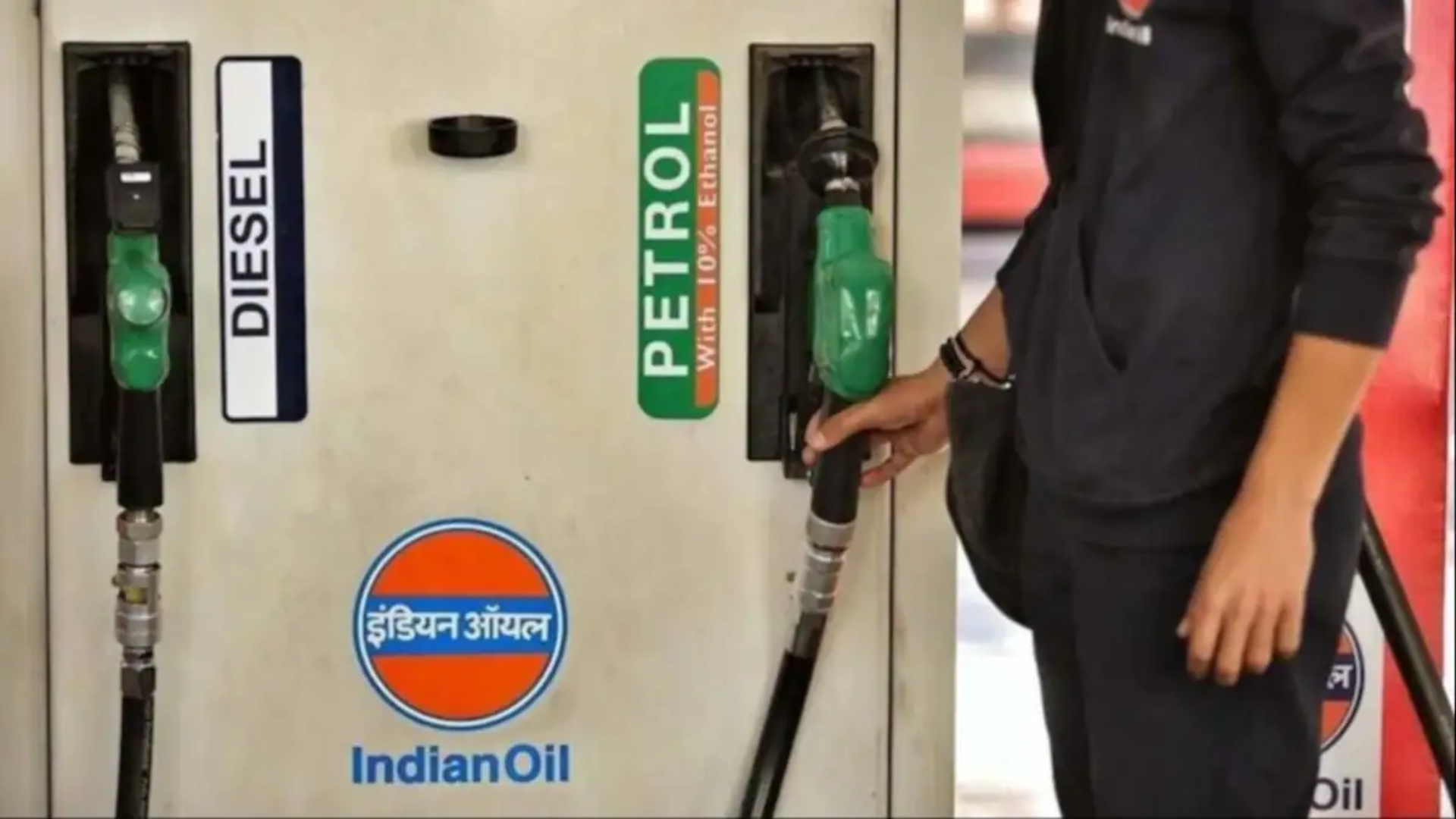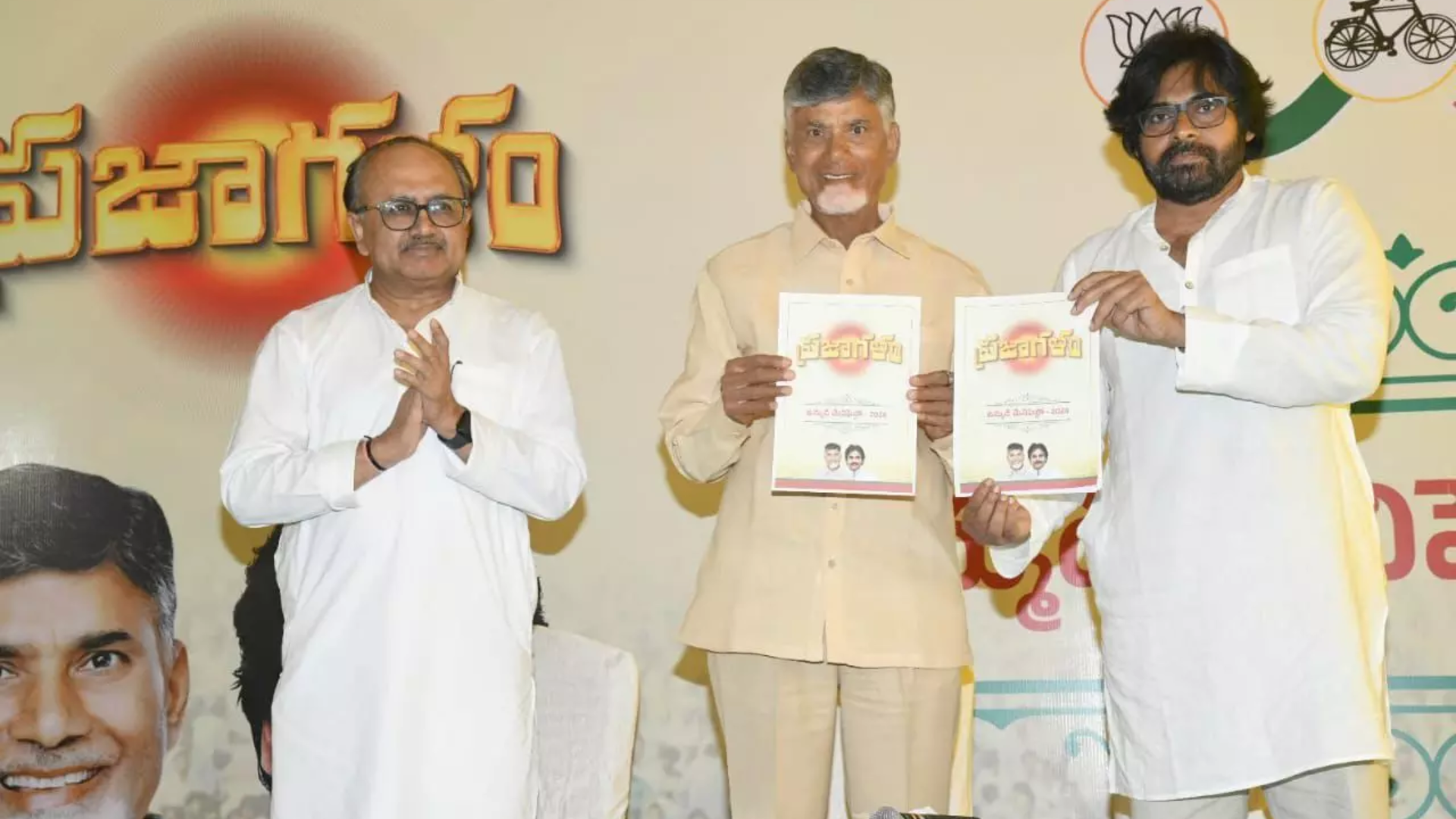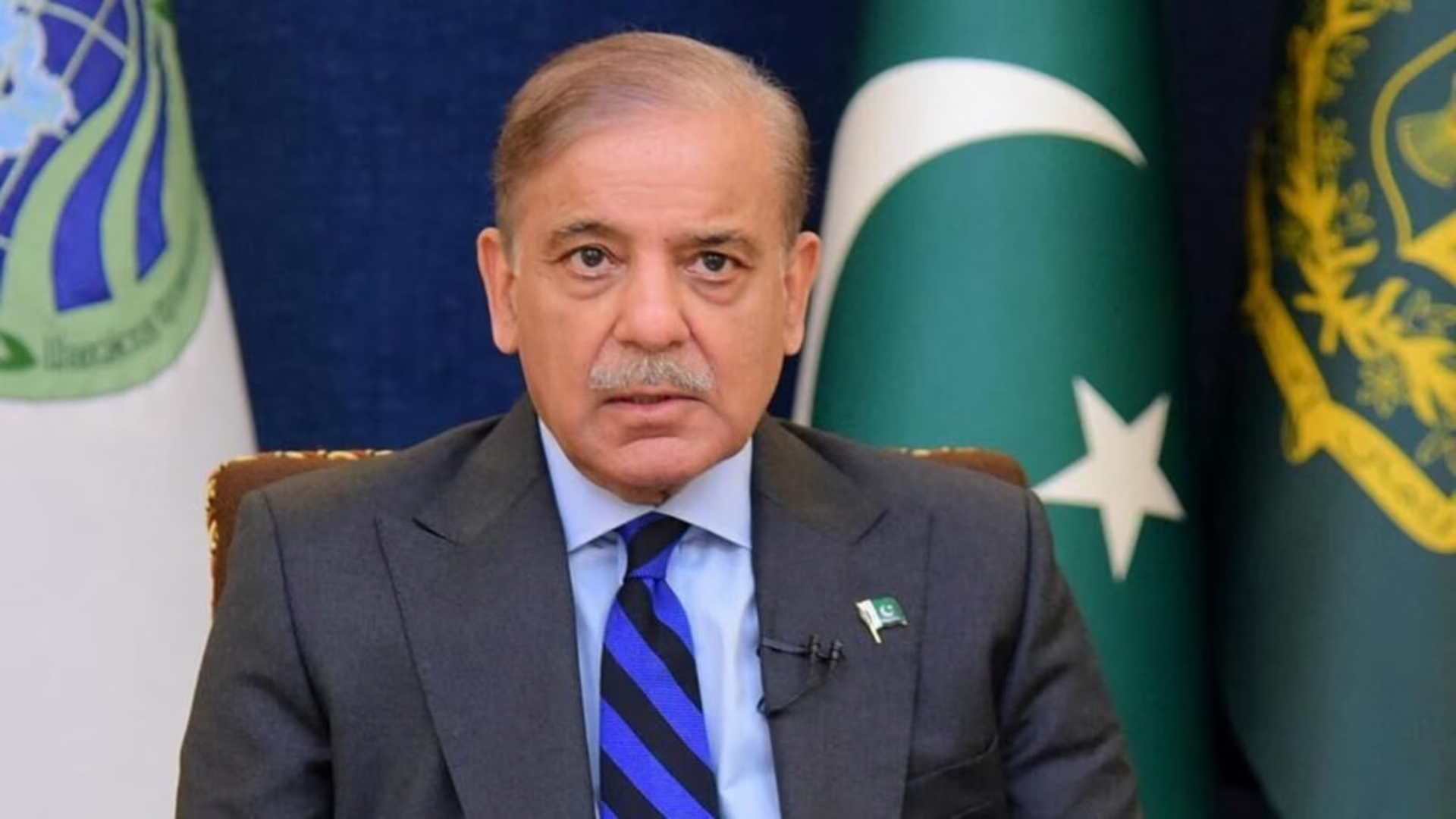


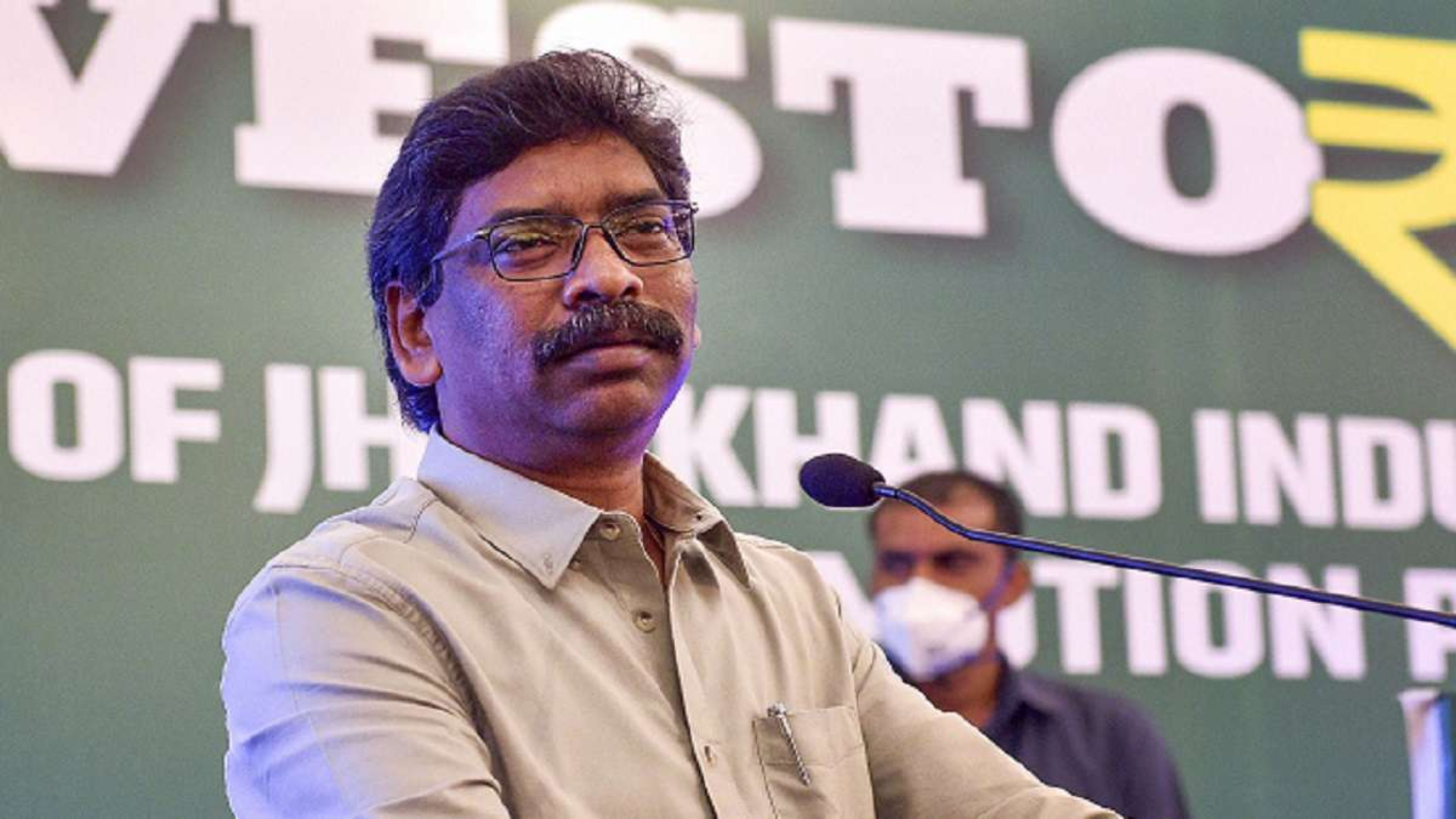
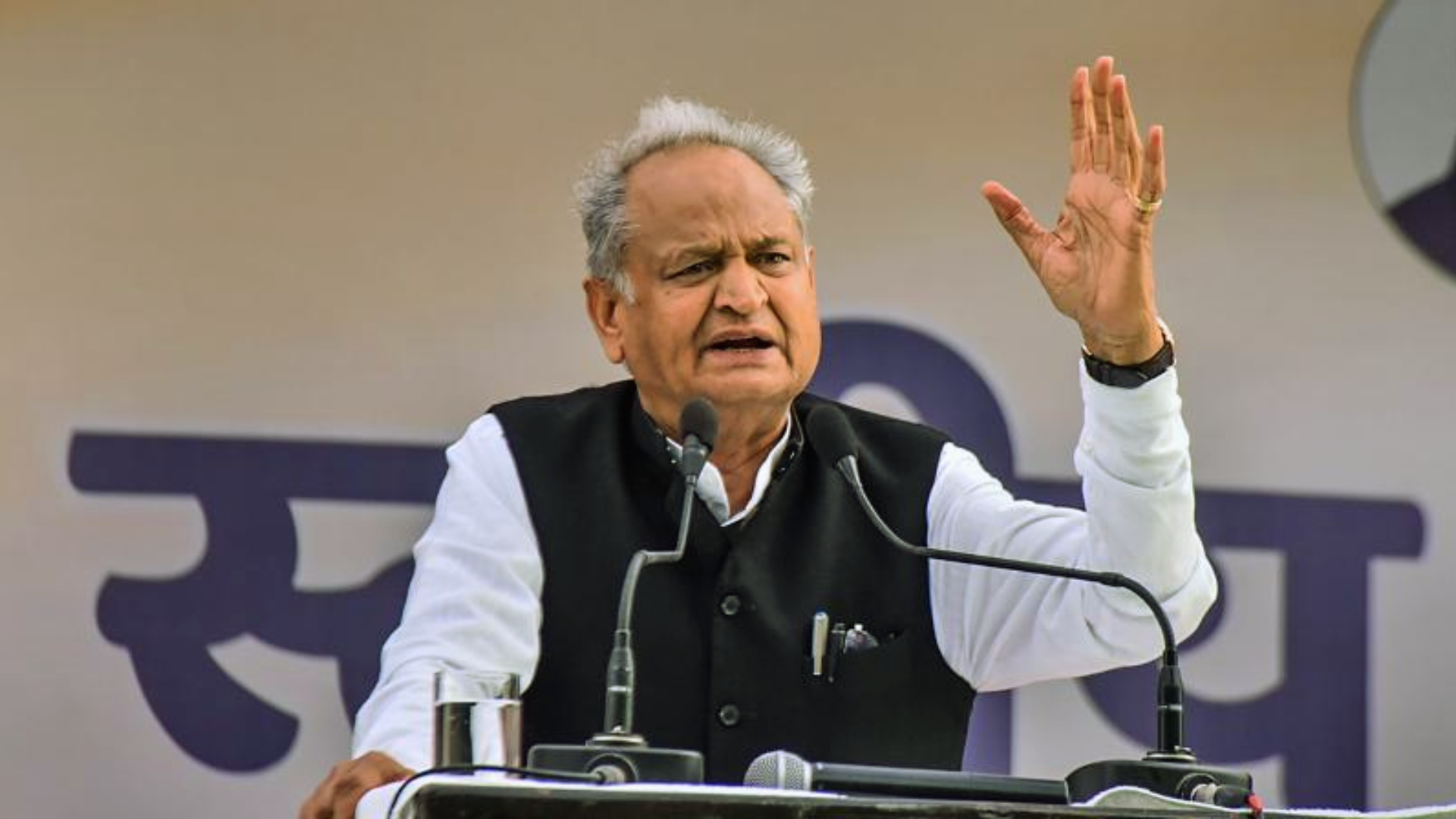
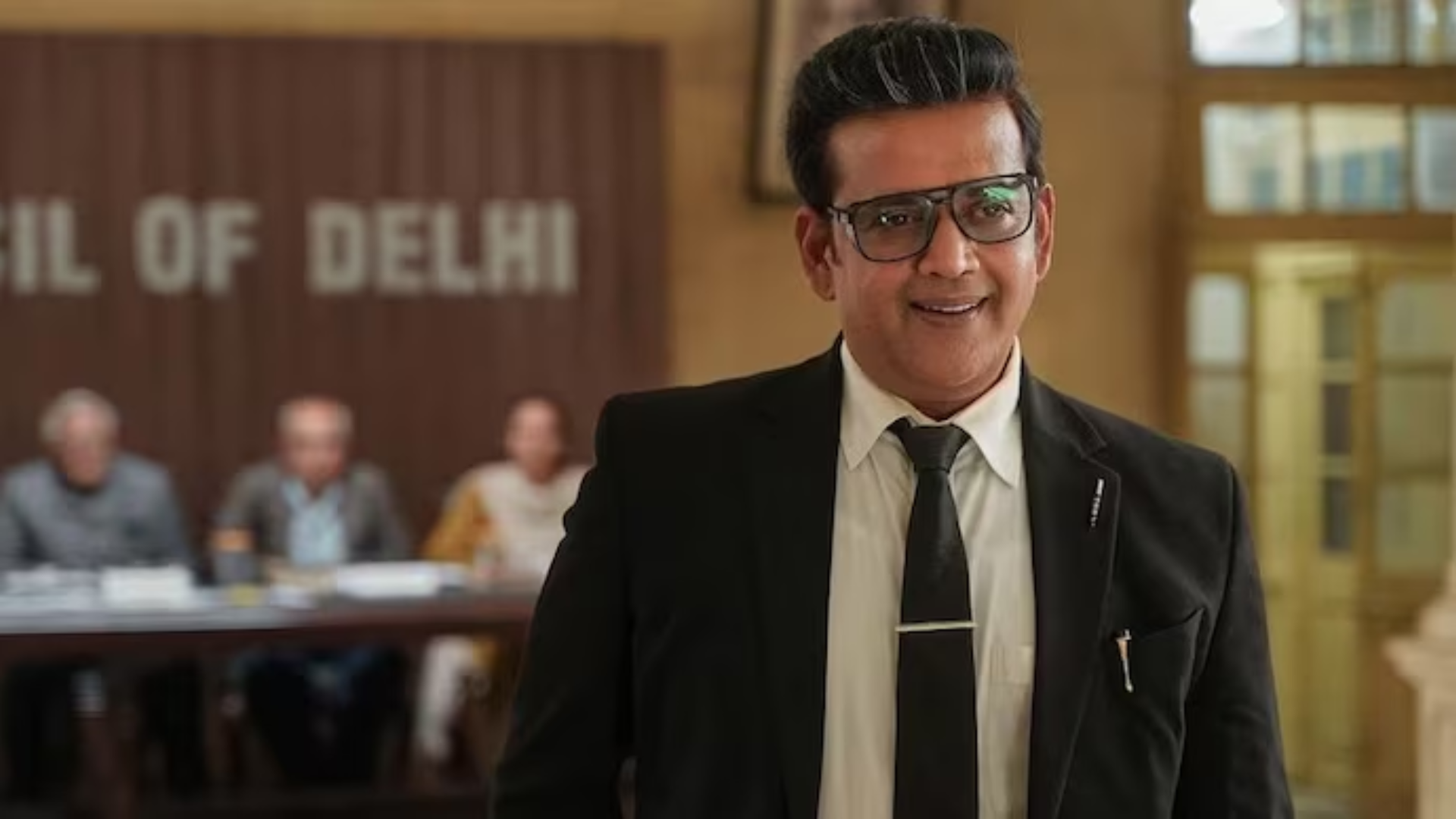
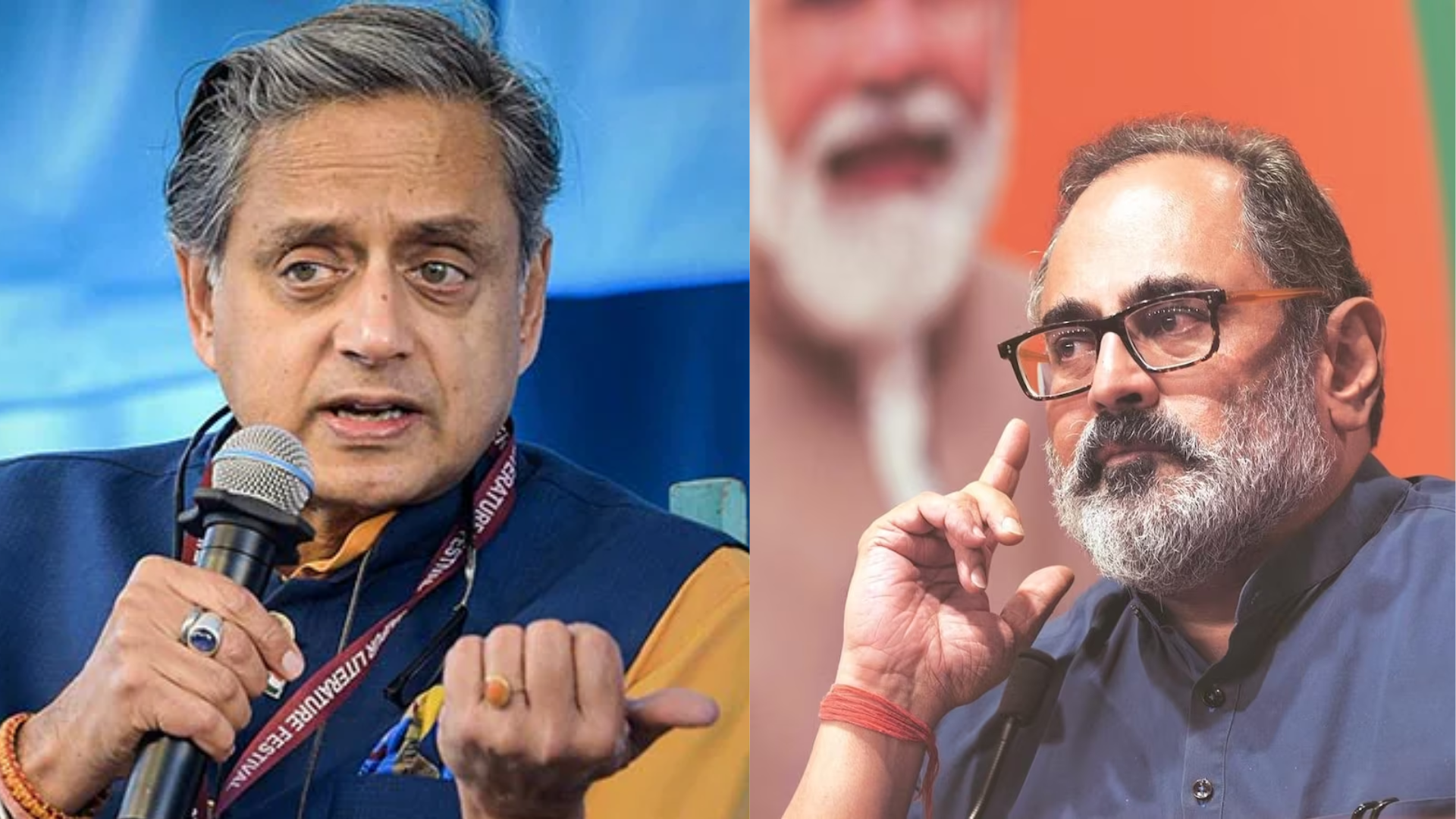
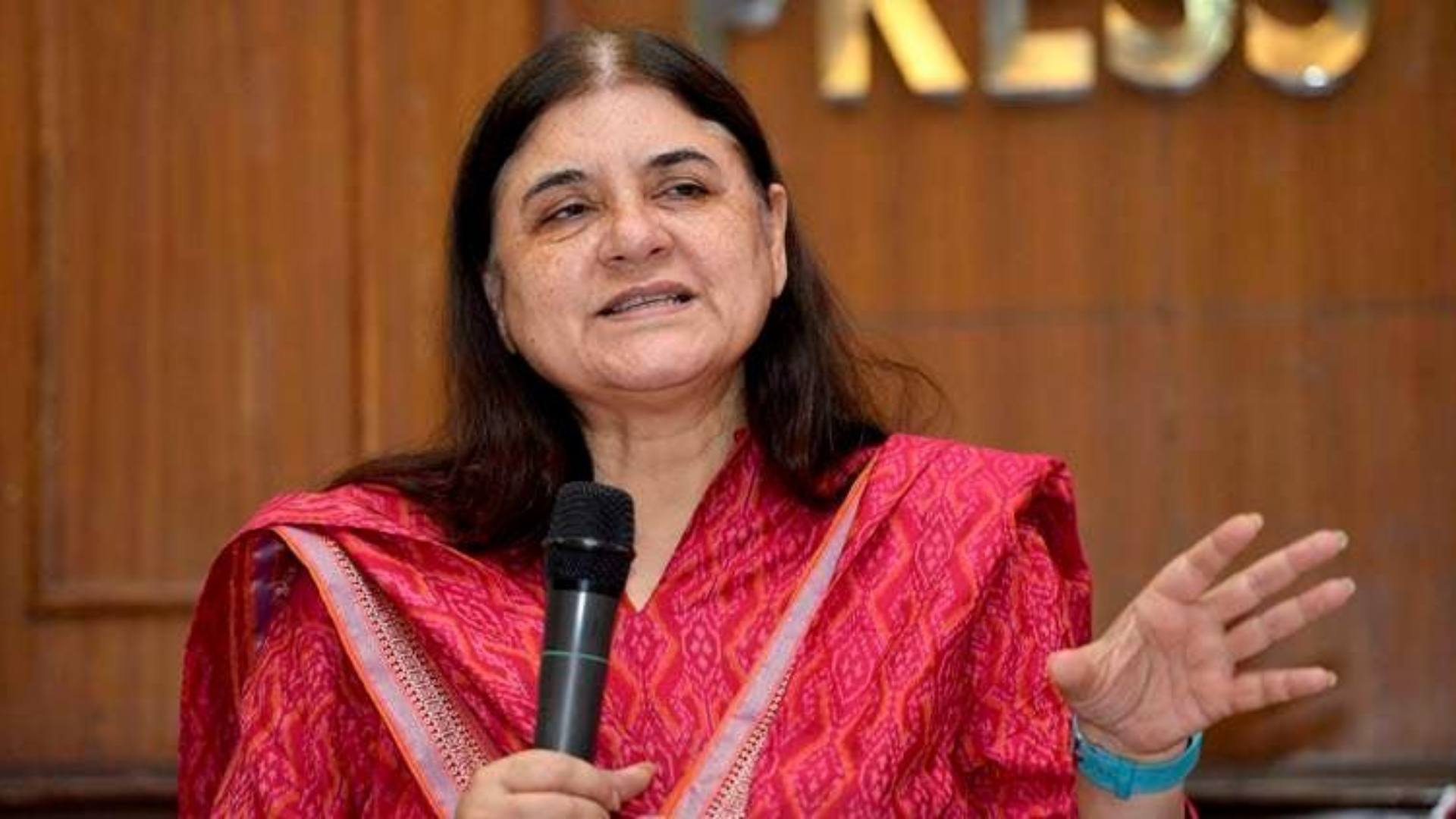
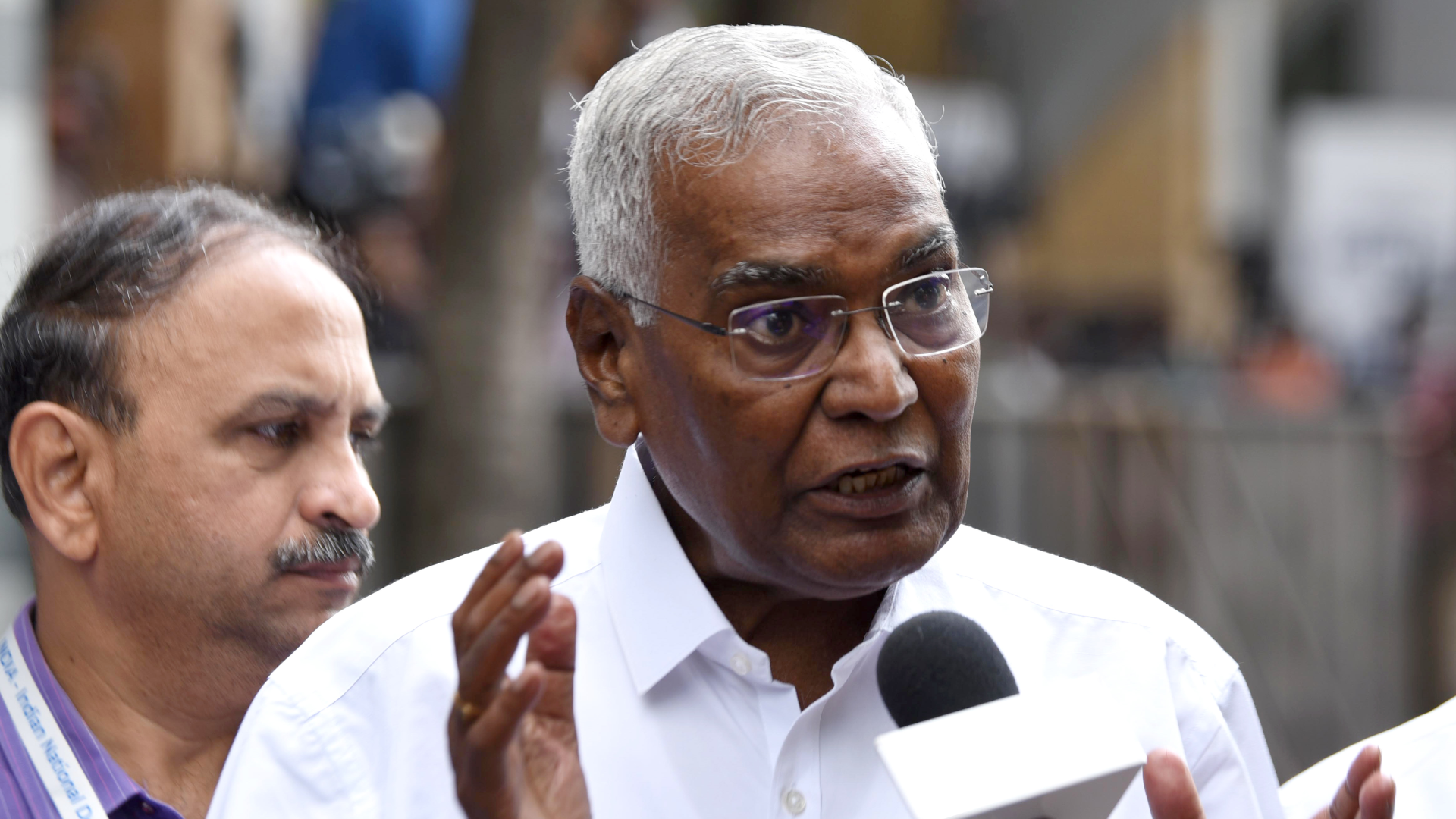
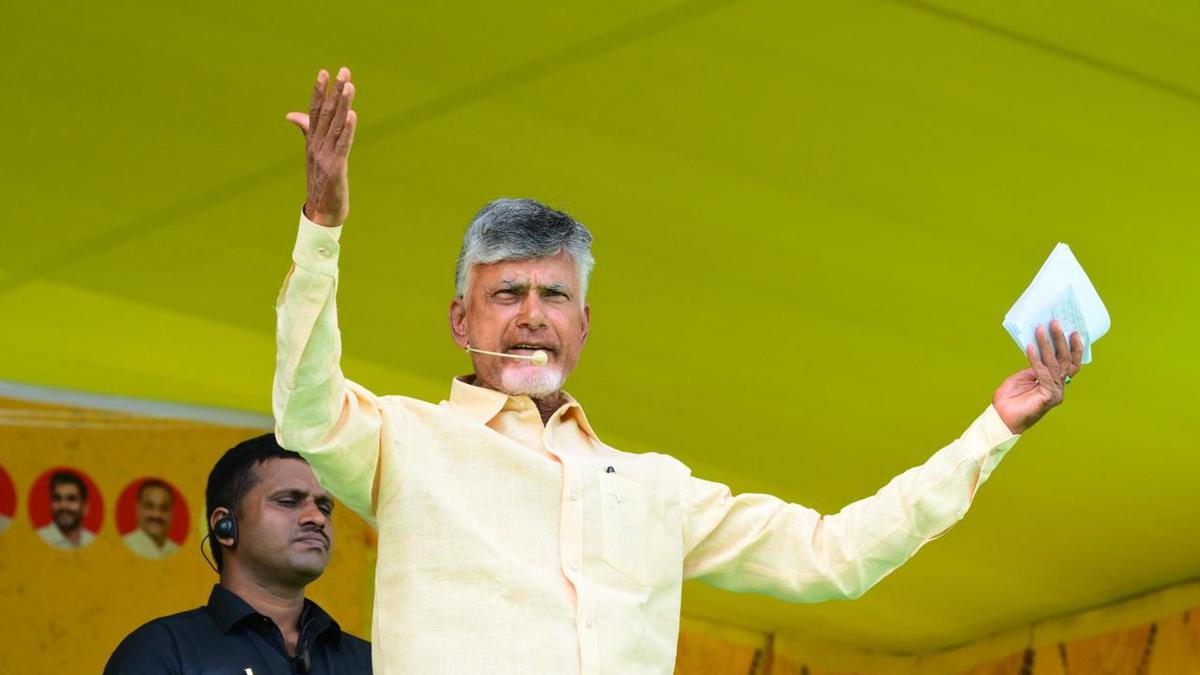

In what will give a fresh impetus to Maharashtra’s economic growth, the government led by Chief Minister Eknath Shinde and Dy Chief Minister Devendra Fadnavis has started fast-tracking the process of setting up an empowered execution team with sector-wise responsibilities to expeditiously implement the recommendations of the Economic Advisory Committee (EAC) which under leadership of Tata Sons Chairman N. Chandrasekaran has proposed a blueprint to make the state a $ 1 Trillion economy by 2028. With the “empowered execution team” likely to be in a definite shape swiftly to take action soon thereafter, Maharashtra will soon see massive acceleration of growth so as to achieve the goal of being India’s first trillion dollar economy state. In view of already existing road and expressway infrastructure and other favourable geographical conditions and potential of Maharashtra, the target looks to be quite easy for the government to achieve. Before drawing out the plan for Maharashtra economic goal, the member of the EAC travelled to more than 20 districts, met with 500-plus stakeholders across sectors, interacted with district-level government officials, did consultation workshops to get on ground sense and even interviewed 75-plus experts in various fields. The feedback and the whole impression about the potential of Maharashtra gave the EAC team a solid reason to be optimistic that achieving $ 1 Trillion economic target won’t be a problem for the state. Major source of optimism was the presence of massive
infrastructure and road networks that would facilitate and spruce up economic activities across the state, drawing huge amounts of investments from domestic and overseas industrialists at the same time. Chief Minister Eknath Shinde has on many occasions in the past said that Maharashtra is being preferred by many industries, including foreign ones, due to the availability of good infrastructure, skilled manpower and other facilities.
During interactions, the EAC team led by TATA Sons Chairman Chandrasekaran made a detailed assessment about how the Nagpur-Mumbai Samruddhi (Prosperity) Mahamarg built by Maharashtra State Road Development Corporation (MSRDC) led by veteran bureaucrat Radheshyam Mopalwar, who is now principal infrastructure advisor to CM Shinde, could be a game-changer in the state’s endeavor to achieve $ 1 Trillion economy goal. This is one of the infrastructure projects that have given the EAC confidence enough to predict that Maharashtra would be a trillion dollar economy by 2028. Moreover, other upcoming and under construction projects will also play a pivotal role in giving a big push to the Maharashtra campaign towards this goal.
With around 90 per cent of Samruddhi Mahamarg complete, Mopalwar as DG War Room is making sure that the remaining part of the project gets completed as soon as possible. The economic aspects relating to the Samruddhi expressway which the War Room officials led by Mopalwar shared with the EAC give a strong basis for Maharashtra’s further journey on economic growth trajectory. In fact, 65% GDM comes from Mumbai, Pune and Nashik which is known as the golden triangle, with Maharashtra’s entire development concentrated here. The Samruddhi Mahamarg has addressed the issue of backwardness of Marathwada, Vidarbha and Eastern Maharashtra, which despite having 90% of resources stayed away from fruits of development. Significantly, more than 60% power is produced in this region. With the Nagpur-Mumbai expressway passing through over 10 districts, many of which fall in these regions, the development of the area will be a reality. As the expressway is set to provide connectivity to various districts and Mumbai, covering 2/3 Maharashtra, potential investors will be coming to the state, who were hitherto hesitant considering the connectivity in these resourceful regions of the state. Mopalwar himself explained in an interview to a newspaper, “Now if you are going to reach Nagpur in 6-7 hours and in the remote areas where it was earlier difficult to go, the areas are being opened that will encourage industries and job creation.” Experts say that the employment opportunities always help improve the law and order situation in any region.
With the projects such as Samruddhi Mahamarg operational, the government is expecting a lot of activities specially in the manufacturing sector which will be taking shape in the eastern part of the state in Pune and Nashik. Officials claim that defence related industrial activities are likely to increase in Vidarbha. Economists say that enrichment in the manufacturing sector is directly proportional to improvement in the state’s economy. The growth of the state economy hinges more on manufacturing activities rather than other factors. The Economic Advisory Council is understood to have taken note of how existing and upcoming expressway projects are going to have a positive impact on investment scenario in the state and overall economic growth.
The government has also started working on the Nagpur-Goa (Shaktipeeth Expressway) project. Similarly, a project connecting Gondia, Gadchiroli and Nanded is being executed so as to ensure deeper connectivity in the Marathwada region. In addition to this, there will be connectivity between Aurangabad and Pune up to Bengaluru. The Surat-Chennai expressway that is passing through Nashik, Ahmednagar, Beed Osmanabad and Solapur will also be crucial in Maharashtra’s pursuit for an ambitious economic goal by 2028 as envisaged by the EAC. What is worth noting is that new towns called Khushi Samruddhi Kendra are being set up along the Nagpur-Mumbai route which will help spike agricultural trade leading to more and more investment in this sector as well. It is proposed to set up skill development centres, state of the art healthcare amenities, educational institutions, and IT parks and agro-based industries that will provide jobs, self-employment and other opportunities to help the farmers to augment agricultural income.


